Lion’s Mane Mushroom Cultivation Guide – Premium Spore Syringes for Indoor Growing
Hericium erinaceus – Gourmet Mushroom Production
Lion’s Mane mushrooms offer exceptional culinary value and documented health benefits, making them highly sought after by both gourmets and health-conscious consumers. As these distinctive white “snowball” mushrooms are rarely available commercially, home cultivation provides the only reliable source of fresh Lion’s Mane for most growers.
Physical Characteristics
Lion’s Mane develops in large, globular formations resembling white coral or cascading icicles. Mature specimens can exceed 1lb in weight, featuring distinctive cascading spines that elongate with age. The texture is spongy with occasional semi-hollow chambers. Handle carefully during cultivation as the delicate spines bruise easily and are sensitive to direct water spray.
Natural Growing Environment
Native to hardwood forests throughout North America, Lion’s Mane naturally colonises dead and decaying hardwood logs, particularly during autumn months. This preference for hardwood substrates influences optimal cultivation methods.
Laboratory Culture Behaviour
Lion’s Mane exhibits unique agar growth patterns, forming glacier-like mycelial masses with radiating spines rather than typical edge-to-edge colonisation. Initial growth appears slow, requiring patience during early development phases. The distinctive morphology makes identification straightforward for experienced cultivators.
Spawn Development Requirements
Monitor spawn colonisation closely as Lion’s Mane tends toward premature fruiting before complete substrate colonisation. Regular agitation of grain spawn ensures uniform mycelial distribution. The wispy, delicate mycelium appearance can mislead beginners into believing colonisation is incomplete when actually fully established.
Substrate Specifications
Optimal growth occurs on supplemented hardwood sawdust with 10-20% wheat bran addition. Higher spawn ratios increase successful colonisation rates whilst reducing contamination risks. The hardwood preference reflects natural habitat requirements.
Fruiting Chamber Management
Utilise large autoclave filter bags for block preparation and fruiting. Once fully colonised, initiate fruiting by cutting small “X” incisions where primordia appear naturally. Avoid removing bag tops entirely. Fewer cuts produce larger individual fruits, whilst multiple incisions yield smaller, more numerous specimens.
Yield Expectations
Well-managed 5lb fruiting blocks typically produce over 2lbs of fresh Lion’s Mane across multiple flushes. Individual specimens regularly exceed 1lb when grown with proper spacing and environmental control.
Harvesting Techniques
Remove mature “snowballs” by cutting close to the substrate surface with sharp, sterile blades. Handle delicately to preserve spine integrity for extended storage life. Leave fruiting blocks undisturbed between harvests—subsequent flushes develop at previous fruiting sites without additional bag modifications.
Spore Syringe Specifications
Our Lion’s Mane spore syringes are prepared under laboratory conditions in the UK. Each syringe includes sterile, gamma-irradiated needles packaged separately to prevent accidental injection during transport. Syringe caps ensure sterility until use.
Storage Requirements
Maintain spore syringes at 2-8°C in refrigerated conditions for optimal viability up to three months. Allow 12-hour room temperature acclimatisation before use. Avoid additional sterilisation of pre-sterilised needles to prevent contamination.
Technical Support
Professional cultivation support available Monday-Friday, 9:00-17:00 (excluding bank holidays) via telephone, email, or direct messaging for order inquiries and growing guidance.
Social Media Resources
Follow our cultivation updates and growing techniques on Instagram, Facebook, and TikTok for ongoing educational content and community support.
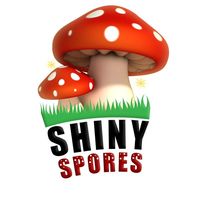


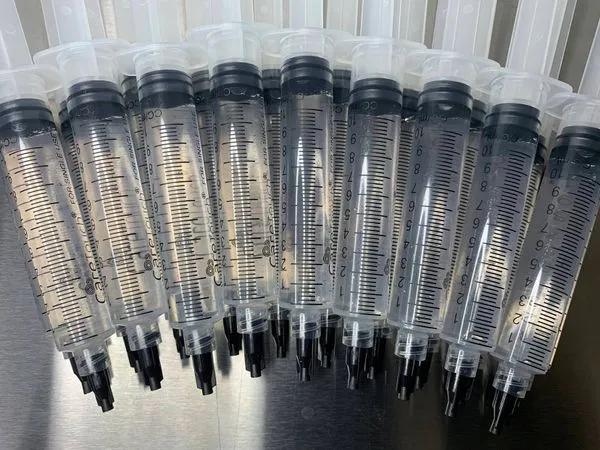
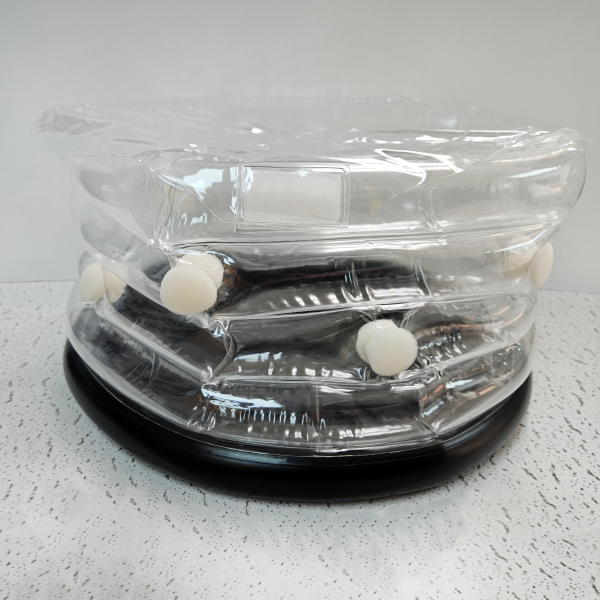

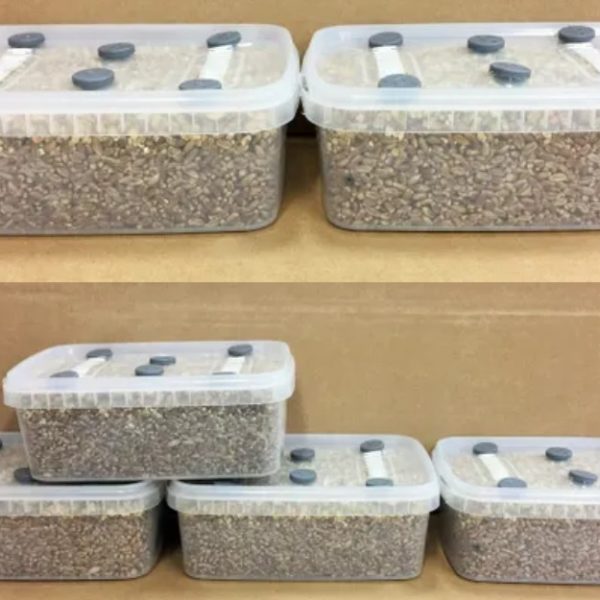

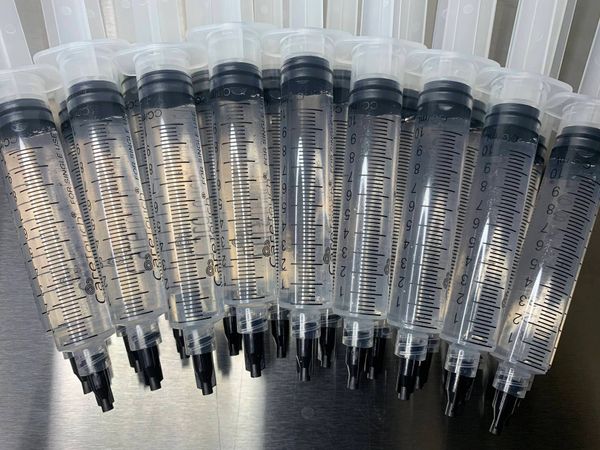


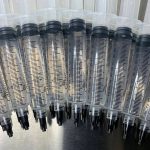
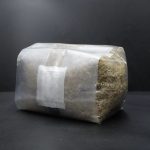
Reviews
There are no reviews yet.